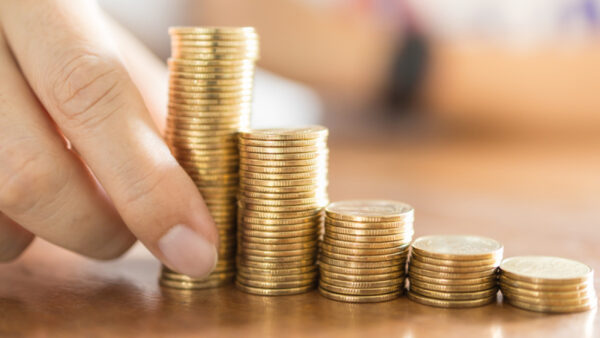Long-Term or Short-Term Fixed Deposit amid Rising Interest Rates
There has been a cumulative 190 bps hike in the repo rate since May 2022, and the latest monetary policy meeting held on September 30, 2022, indicated the momentum to be maintained. With four consecutive hikes in the repo rate, the spells of low FD interest rates are behind us. The depositors can cheer, as FDs are now offering decent returns catching up with some market-tradable securities. Within five months, one of the lowest interest rate regimes transformed into a decent interest rate regime.
With the current global monetary policy backdrop, aggressive rate hikes by the US Fed, and the low spread between Indian and US bond yields, the cycle seems to continue for the next few months. The analysts expect at least two more hikes by the end of FY2022. Therefore, banks are coming forward with improved interest rates across short and long-term deposit options.
Chose the Most Suitable Fixed Deposit Variant
Both short and long-term fixed deposits come with their benefits.
Short Term FDs
- They have short lock-in periods that range from 7 days to 2 years. The duration of up to 6 months is best when rate hikes are imminent as you can re-invest the corpus at a better rate on maturation.
- They do not get influenced by market movements keeping the returns stable.
- There is no guesswork here. A few minutes with an FD rate calculator let you know your exact return amount.
- These investments are ideal emergency funds, jewellery or vehicle acquisition deposits, or effective ways to plan travel and gifts for your loved ones.
- The minimum deposit is also low, lowering the entry barrier.
- These also serve as a medium to keep liquidity intact as there is no obligation to renew the fixed deposit at any time.
Long Term FDs
- Long-term deposits are easy to start with a straightforward application process and almost immediate activation.
- Some financial institutions feature flexible or floating FD interest rates for duration of more than a certain period.
- The amount you want to invest is only dependent on your capital availability.
- Long-term FDs are an excellent instrument to be used as collateral against loans.
- They serve as regular generators of a corpus of money that can be invested further or utilised as the need arise.
- They help in planning future investments as the returns are assured and pre-calculated.
Diversify
Portfolio Diversification is the golden rule of financial management. Diversify your deposits across short, middle, and long-term FDs to form a strong backbone of your financial goals.
FD Laddering
Learning about FD laddering can help you plan your investments by spreading the lump sum across maturity timelines. Use an FD rate calculator to estimate your returns and plan your ladder accordingly. Choose from multiple banks, companies, and deposit amounts while creating a strategy that aligns with your financial goals.
Floating Interest Rates
Certain banks and companies offer floating FD interest rates to be leveraged in the scenario of impending rate hikes. However, floating rates are relatively risky as they are immediately affected if the rates begin to decline.
Conclusion
Notably, fixed deposit returns over a certain amount are taxable. You can mitigate them by ensuring that you do not earn more than the upper limit in interest at a single bank or company. Some long-term fixed deposits earn you tax benefits as well. Make space for such dual benefit options. Despite being immune to market fluctuations, fixed deposits carry their risks. Ensure to spend some time learning about the product and the risks involved before putting your money into it.


